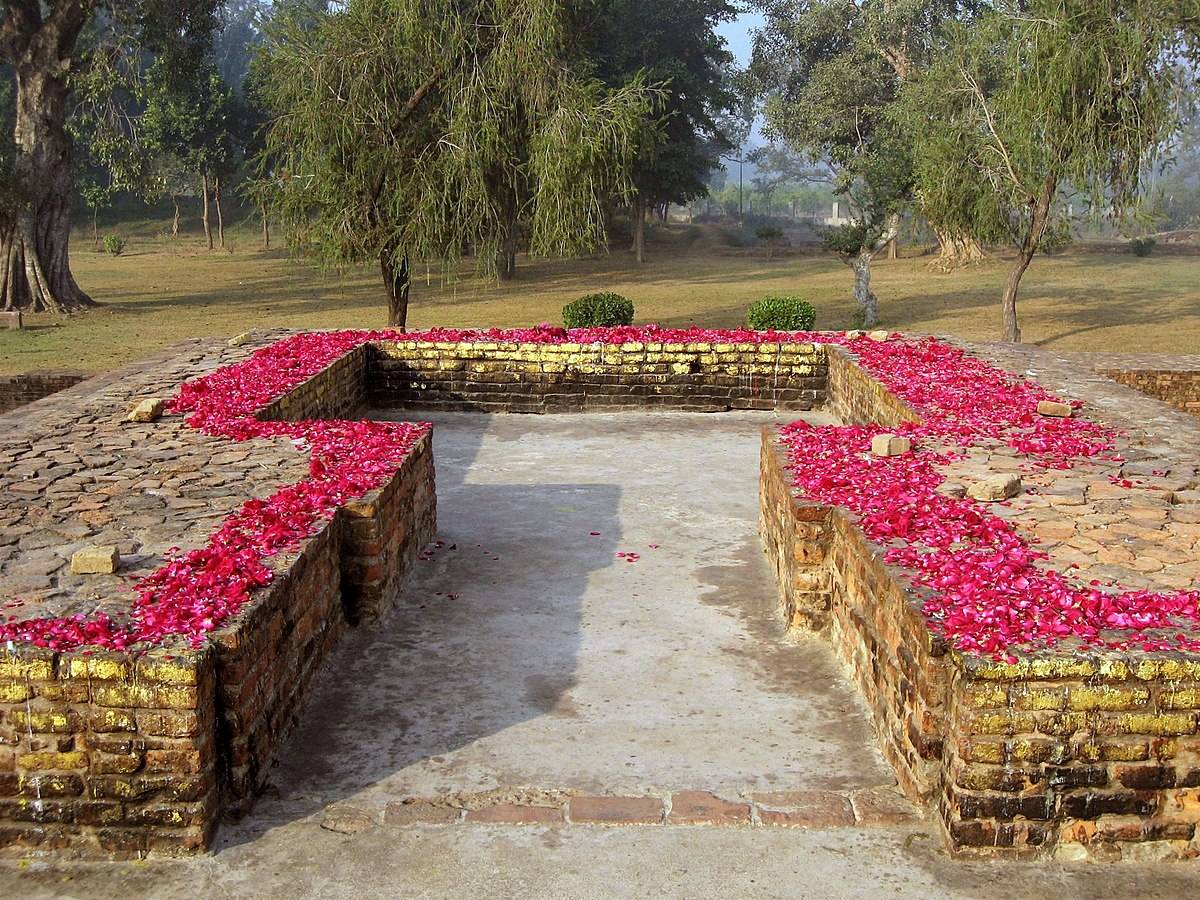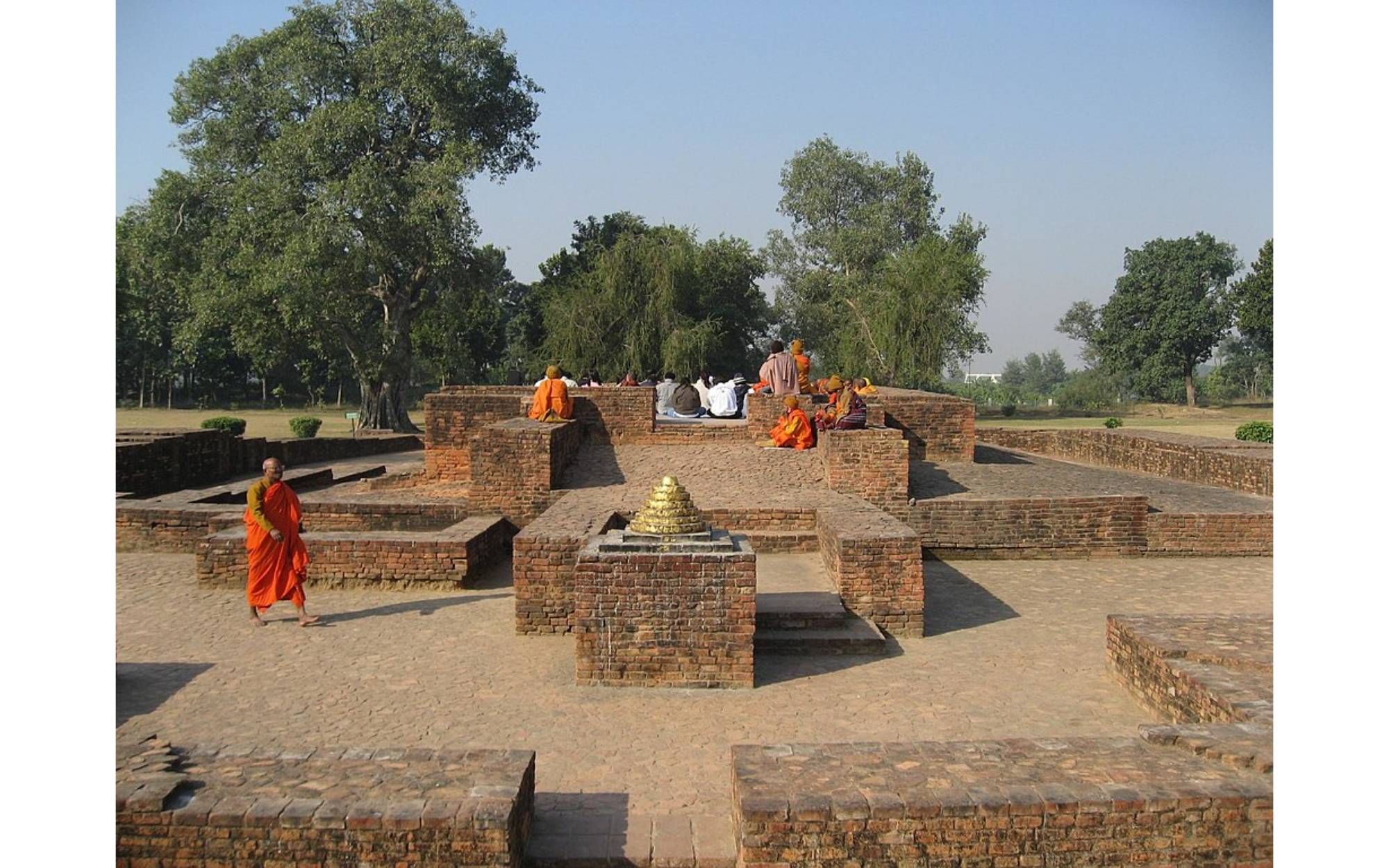"Gandhakuti" refers to a specific type of room or dwelling associated with the historical Buddha, Siddhartha Gautama. Here's a detailed explanation of the concept:
Meaning and Historical Context
Etymology:
- Gandha: In Pali and Sanskrit, "gandha" means fragrance or perfume.
- Kuti: This means a hut or a small dwelling place.
Significance in Buddhism:
- The term "Gandhakuti" refers to the Buddha's perfumed chamber or fragrant hut. It is believed to be a special room where the Buddha resided, meditated, and met with visitors during his stay at various monasteries.
- The fragrance aspect symbolizes purity, sanctity, and the serene atmosphere associated with the Buddha's presence.
Notable Gandhakutis:
- Jetavana Monastery: One of the most famous Gandhakutis is located at the Jetavana Monastery in ancient India. It was built by Anathapindika, a wealthy merchant and a devoted follower of the Buddha.
- Venuvana Monastery: Another significant location is the Venuvana Monastery in Rajgir, which was donated by King Bimbisara.
Architectural and Cultural Aspects:
- Structure: Gandhakutis were often simple structures, reflecting the Buddha's teachings on simplicity and detachment from material possessions.
- Cultural Importance: They served as places of teaching and interaction, where followers and disciples could seek guidance and wisdom from the Buddha.
Symbolism:
- The Gandhakuti represents not only a physical space but also a spiritual one, symbolizing the inner sanctum of peace and enlightenment that practitioners aim to cultivate within themselves.
Legacy:
- Many Buddhist monasteries and temples around the world have Gandhakutis or similar structures to commemorate the Buddha's teachings and provide spaces for meditation and reflection.
The concept of Gandhakuti is deeply embedded in Buddhist tradition, symbolizing both the historical legacy of the Buddha and the ongoing spiritual journey of his followers.



